The printing factory provides various photocopying services to the public. Online printing, direct mail, and business printing are all included in this category. Most print shops offer additional services to the public based on specific needs within the community. We’ve put together this simple guide to get you started with your print shop. Your new business will be well planned, properly registered, and legally compliant if you follow these steps.
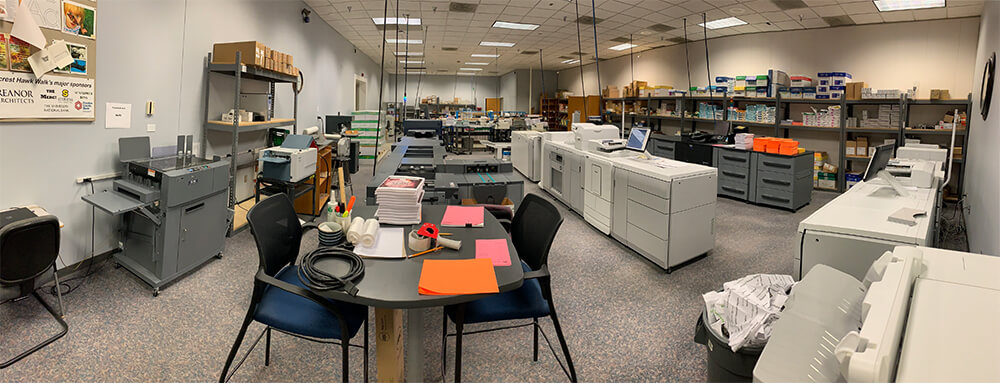
1. Plan Your Business
As a successful entrepreneur, a clear plan is essential. It will help you plan the details of your business and uncover some unknowns. A few important topics to consider are:
- What are the start-up and ongoing costs?
- Who is your target market?
- How much can you charge customers?
- What would you name your company?
Fortunately, we’ve done a lot of research on this for you.
1) How much does it cost to open a printing shop?
Before determining your budget needs, you must first determine the exact services you intend to provide. Spending by industry leaders ranges from $146,000 to $400,000. The following will be included in your initial investment:
- Location – Many new printers start working from their home. However, to achieve significant success, a storefront location is recommended. In order to provide a full menu of services, you need enough space to accommodate all of your printing equipment, and enough workspace to expand and work on multiple projects at the same time. Start-up costs for your home include first and last month’s rent and a deposit, which can range from $4,000 to $12,000, depending on the location.
- Electrical Upgrades – Before opening your doors and testing equipment, make sure you have an electrician check your store’s electrical needs.
- If you want to do digital printing, you need to start from $300,000 to $400,000 and need to upgrade the electronics in your new store
- Equipment – The equipment you invest in will be defined by the details of the services you provide. This may include: embossing machines, offset presses, platesetters, color copiers, standard copiers, laminating machines, and finishing equipment. Each item ranges from $1,500 to $12,000 but can be purchased for a fraction of the price. To save on startup costs, many entrepreneurs choose to lease equipment, paying for it over time.
- Computer – You will need at least one computer to handle your design and administrative needs. Many print shops also invest in at least one floor of computers that customers can use for a minute-by-minute fee.
- A design software program such as Adobe should also be purchased. Many software companies now charge monthly software licensing fees. It is also recommended that you invest in business management and accounting software to ensure proper management of your organization.
- Franchise Fees – Entrepreneurs who have made significant profits report investing in a franchise store such as UPS Store or PostNet. While startup costs are higher, the expertise and support of industry leaders have proven invaluable.
- website
- Insurance
- Marketing materials
2) What are the ongoing expenses for the print shop?
In addition to the standard overhead costs of running a business, there are a few items you need to budget for each month:
- Design Software – Software vendors offer monthly contracts ranging from $30 to $150/month depending on the product and your specific needs.
- Equipment rental fee – varies on various factors
- Equipment maintenance and replacement
- Material
- Payroll costs
- Insurance
Monthly breakeven sales average between $10,000 and $15,000, about half of which come from the materials industry. This number varies depending on your region.
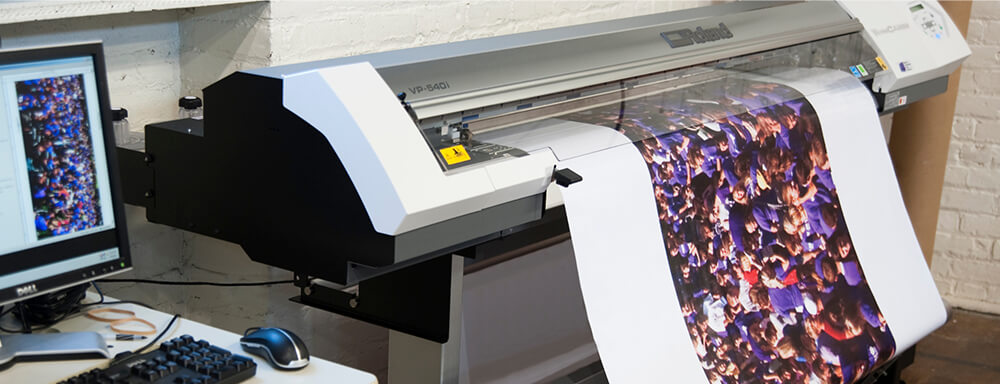
3) Who is the target market?
The most successful print shops target different audiences, including small businesses, large corporations, and individuals. While each group will require a slightly different marketing strategy, this diversity will make your business more successful.
4) How do printing shops make money?
Print shops generate revenue from every account they operate. The more services your store offers, the better you’ll be able to grow and meet the needs of your community.
5) How much can you charge customers?
The exact cost will vary from project to project based on the specific needs of the client, the complexity of the project, and the amount of print the client requires. As mentioned earlier, working with a reputable supplier will help ensure high-quality products at a fair price. Business owners who pass the savings on to their clients will gain a loyal following.
6) How much does a print shop make?
New print shop owners are being urged to prepare for razor-thin profits of one to three years. This provides ample time to develop relationships with customers and suppliers, and build a name for yourself in the community. Business owners in big cities make profits faster than business owners in small communities.
7) How can you make your business more profitable?
While high-quality work can help your profits grow year over year, there are a few additional services you can offer to accelerate growth:
- • Include online customers in your target audience
- • Offering premium services, such as delivery, will make your business easier to remember
- • Sale of office supplies and products
- • Provide other services such as notarization, passport/ID photo, and shredding
Many print shops also successfully provide packaging services and work with postal services and other shipping companies. PO Boxes have also been shown to increase annual profits.
8) What are you going to name your company?
If you are running a sole proprietorship, you may want to run it under a business name rather than your own. Choosing the right name is important and challenging, here is some advice for Print Shop Name Generator:
- Your state business records
- Federal and state trademark records
- Social media platforms
- Domain availability.
It is very important to protect your domain name before others.
2. Form a Legal Entity
Among the most common business structures are sole proprietorships, partnerships, limited liability companies (LLCs), and corporations.Setting up a legal business entity, such as an LLC or corporation, can protect you from personal liability if your print shop is sued.
You can form an LLC yourself and pay only the lowest state LLC fees, or rent one of the best LLC services for a small additional fee.
3. Register and pay taxes
Before you can start a business, you need to register for various state and federal taxes.
In order to register for tax, you will need to apply for an EIN. It’s really easy and free!
1) Small Business Taxes
Depending on the business structure you choose, you may have different options for determining how your business will be taxed. For example, some LLCs can benefit from being taxed as an S corporation (S corporation).
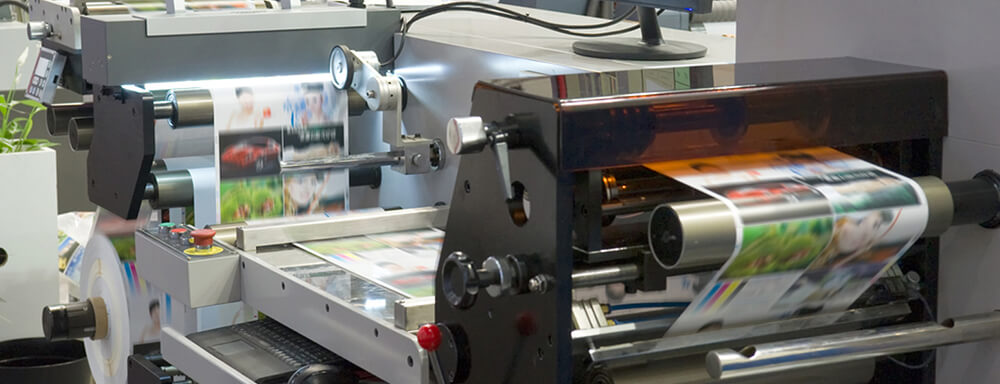
4. Additionally, you should be familiar with the industry’s ins and outs.
The use of dedicated commercial banks and credit accounts is essential for personal asset protection.
When your personal and business accounts are mixed, your personal assets (your house, car, and other valuables) are at risk if your business is sued. This is known as piercing the corporate veil in business law.
Plus, learning how to build business credit can help you get credit cards and another financing in the name of the company (not yours), better interest rates, higher lines of credit, and more.
1) Open a business bank account
In addition to being a requirement for applying for a business loan, to open a business account with a bank:
- Separating personal assets from company assets is necessary for personal asset protection.
- Makes accounting and tax reporting easier.
2) Open net 30 accounts
- Net 30 accounts for building and building business credit and increasing business cash flow. In a net 30-day account, the business buys the item and pays off the full balance within 30 days.
- NetMany net 30 credit providers report to the major commercial credit agencies (Dun & Bradstreet, Experian Commercial, Equifax Commercial Credit). This is how businesses build business credit so that they can qualify for credit cards and other lines of credit.
3) Get a business credit card
- You can benefit from getting a business credit card in the following ways:
- Separate personal and business expenses and keep business expenses in one place.
- Build your company’s credit history, which can be helpful in raising capital later.
5. Establish an accounting system for your business
Documenting your various expenses and sources of income is critical to understanding the financial performance of your business. It is also much easier to file your annual tax return if you keep accurate and detailed accounts.
6. Permits and licenses must be obtained
Failure to obtain the necessary permits and licenses can result in hefty fines and even the closure of your business.
1) State and Local Business License Requirements
Operating a print shop business may require certain state licenses. Learn more about your state’s licensing requirements by visiting the SBA’s State Permits and Permits Reference.
- Information on local licenses and permits:
- Contact your town, city, or county clerk’s office
- Get help from local associations listed in the ASA Local Business Resource Directory.
2) Certificate of occupancy
- The business of a print shop is usually in one storefront. Businesses operating outside of a physical location typically require a Certificate of Occupancy (CO). The CO confirms that all building codes, zoning laws, and government regulations have been followed.
3) Lease a location if you plan to do so:
Generally, it is the owner’s responsibility to obtain a certificate of origin.
- Before leasing, please confirm that the owner has or can obtain a valid certificate of origin for the printing shop business.
- After major renovations, new certificates of origin are often required to be issued. If your business premises will be renovated prior to opening, it is advisable to state in your lease agreement that lease payments will not begin until a valid CO has been issued.
4) If you plan to purchase or build a site, you should:
- You will be responsible for obtaining a valid Certificate of Origin from your local government agency.
- Review all building codes and zoning requirements to ensure your print shop business is compliant and able to obtain a Certificate of Origin.
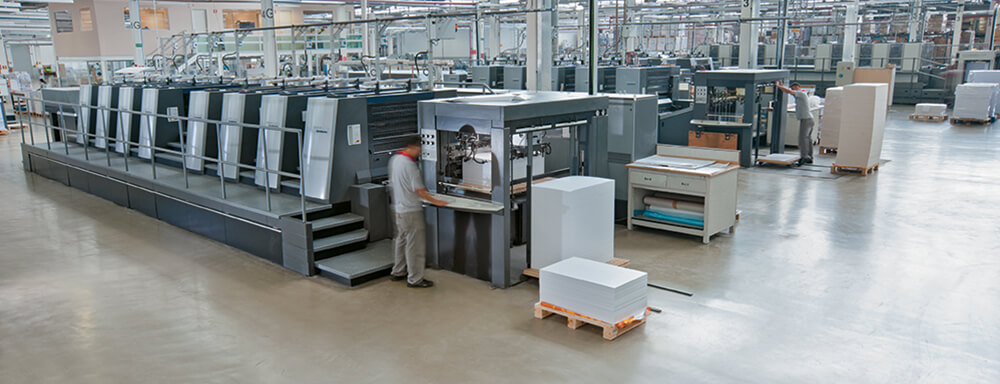
7. Buy Commercial Insurance
Just like having licenses and permits, in order to operate safely and legally, your business also needs insurance. Commercial insurance protects your company’s finances in the event of a loss.
There are several types of policies for different types of businesses with different risks. If you’re not sure about the types of risks your business may face, start with general liability insurance. This is the most common insurance for small businesses, so it’s a good place to start.
Workers’ compensation insurance is another insurance policy that many businesses require. If your business will have employees, this is a good chance your state will require you to carry workers’ compensation insurance.
8. Define Your Brand
You will be able to stand out from your competitors if you have a strong brand. You will be able to stand out from your competitors if you have a strong brand. It is necessary to find a designer to design your small business logo.
1) How to Promote and Promote a Print Shop
To make sure potential customers understand what your business offers, build a simple and informative website. Position yourself as a thought leader in your industry by blogging regularly. This content marketing strategy can educate your customers and help search engines like Google target your business. Be sure to update your online portfolio as your experience and projects expand. Potential clients who browse the web are more likely to work with an agency whose job content is available to browse.
Also, it is recommended that your store offers regular commercial promotions to attract and retain customers. It is also crucial to work with a reputable supplier and negotiate the best price. This ensures that every customer gets the fairest price without sacrificing quality. Let your work speak for itself and print your own quality marketing materials. Consider your target audience and design promotional materials that suit the needs of each segment.
Online directories like Printguide also provide a unique, cost-effective way to reach potential customers. It is also recommended that you join a local business association and attend social events. The National Print Owners Association and the Printing Industry of America are great resources for both novice and experienced print shop owners. A conference booth will cost you around $3,000, but the relationships you build will be well worth it. Entrepreneurs who have incorporated automotive packaging into their marketing strategies have realized significant returns on their investments. A $2,500 car package can bring in an average of $15,000 a year in profit.
2) How to keep customers coming back
Providing consistent, high-quality service will be your primary retention tool. This, combined with your strong people skills, will set you apart from the competition. Long-term relationships with suppliers, community business leaders, and customers will ensure a strong reputation. We live in an information-rich business environment, which means there is no room for mistakes or poor customer service.
9. Create your business website
A business website is a next step after defining your brand and creating your logo.
While creating a website is an essential step, some people may worry that it is impossible for them to achieve because they do not have any website-building experience. While this may have been a legitimate concern in 2015, web technology has made huge strides over the past few years, making life easier for small business owners.
Here are the main reasons why you shouldn’t put off building a website:
- There is no question that all legitimate businesses have websites. When it comes to an online business, it doesn’t matter the size or industry of your business.
- A social media account like a Facebook page or LinkedIn is no substitute for your own business website.
- Website building tools like GoDaddy can make creating a basic website very easy. For a website that you can be proud of, you don’t need to hire a web developer or designer.
If you still need a web designer for your business, check out our recommend web designing company.
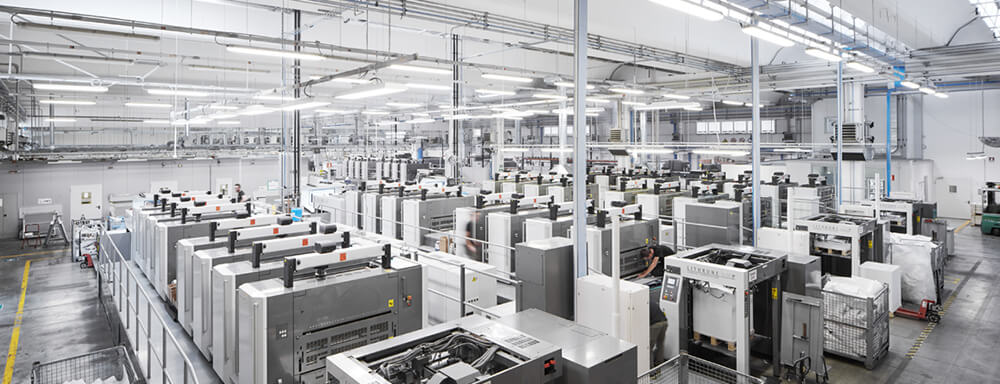
10. Set up the business phone system
Setting up a phone for your business is one of the best ways to help keep your personal and business life separate and private. This isn’t the only benefit; it can also help you automate your business more, give your business legitimacy, and make it easier for potential clients to find and contact you.
For entrepreneurs who want to build a business phone system, there are many services to choose from. Based on price, features, and ease of use, we rated the best companies. Check out our review of the best business phone systems in 2022 for the best phone service for your small business.
1) Is this industry right for you?
Industry leaders point out that people with a printing background are the best fit for the business because of the services on offer. If you have this background, the necessary capital, and are ready to work hard to ensure a stable financial future for you and your family, now is the time to consider becoming your own boss.
2) What happens in a day at a print shop?
Because your print shop may offer a variety of services, each day will be fast-paced and very different from the day before. Modern print shops typically offer the following products:
- Professional small business printing – digital printing, offset printing, bookbinding, lamination, and other document finishing services.
- The client uploads and submits documents for printing and finishing online.
- Personal and professional photocopying – including self-service and full-service
- Parcel and mail service
In addition to managing your client’s printing needs, you also need to dedicate part of your time to your own business needs. Marketing is an essential part of every business owner’s day-to-day job, as are administrative duties such as accounting and communicating with representatives from various clients.
3) What skills and experiences can help you build a successful print shop?
Whether you plan to be actively involved in the day-to-day running of the business or not, you must fully understand the details before developing a business plan. It is recommended that you work in this industry for at least a year or two. This will give you the opportunity to familiarize yourself with equipment, craftsmanship, terminology, and pricing. Those actively involved must not only be savvy businessmen but must also have design and printing skills. Strong leadership skills, including attention to detail, empowerment, and communication, are also critical to the long-term success of a business.
4) What is the growth potential for print shops?
Overall, the printing industry will grow at a staggering 30% in the next few years. However, entrepreneurs leading the market are urging new business owners to strive for a full range of services. While this business strategy requires hiring more educated and talented employees, the long-term benefits far outweigh the increase in wage costs.
11. Conclusion
Currently, it is not an easy thing to start a print shop, with our guide, we recommend you choose from a niche project. We have some clients start a print shop just for e-commerce business, they buy our box making machine to customize corrugated boxes for their clients, and get great success. This is a good example of a printing shop business, if you are interested, contact us for further details.

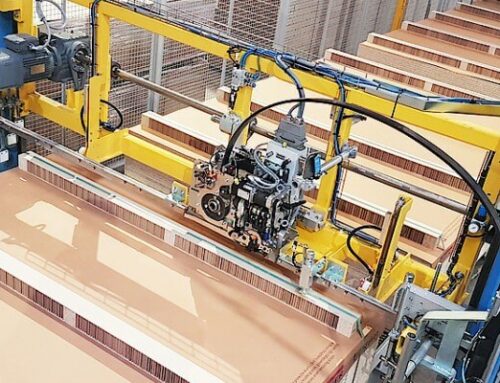
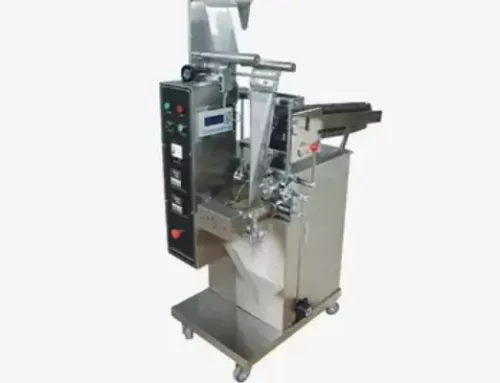
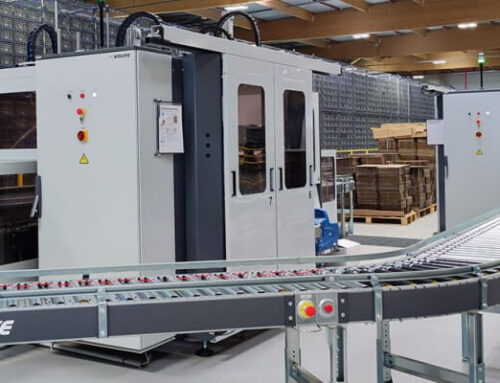
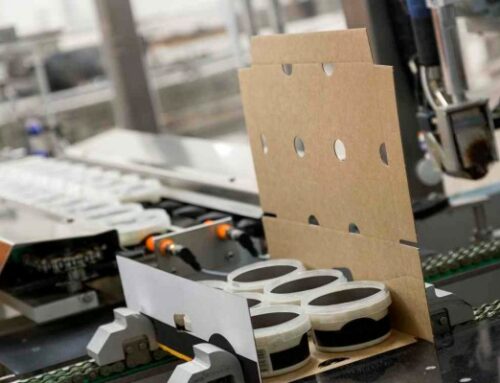

Leave A Comment